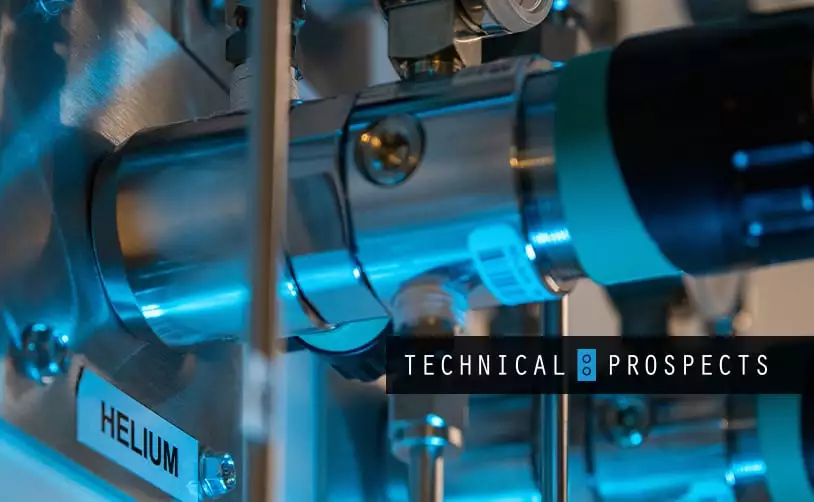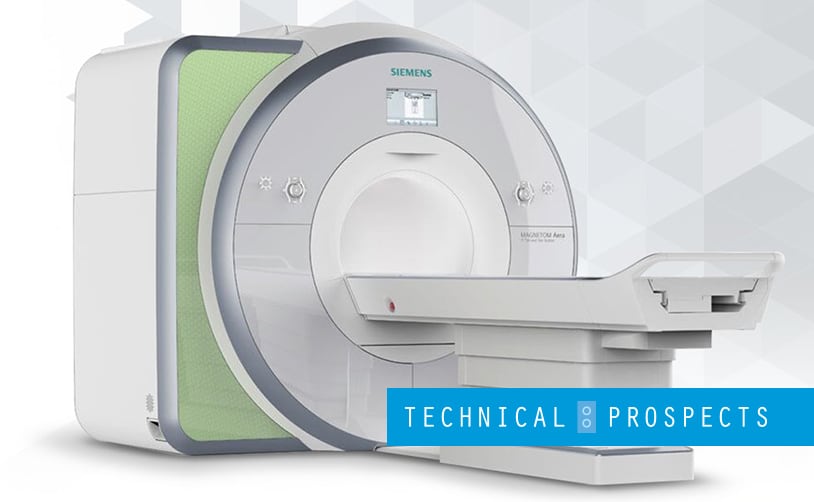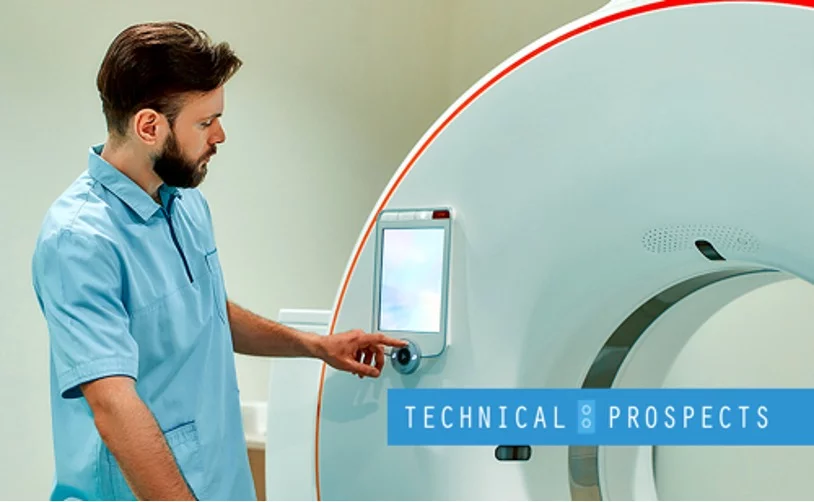CT Scanner X-Ray Tubes – Breakdown
Learning about the different parts of your equipment is an important aspect to make sure it’s always working at its’ best. It also comes in handy when something goes wrong and you’re searching for replacement parts.
For example, if you’re going to buy an MX200 CT Tube replacement for your scanner you should know some general information about the differences that can present themselves in the variety of s-ray tubes that are available.
Challenges with CT Scanner X-Ray Tubes
Currently, because of the requirement for high tube current values to produce the necessary amount of photons in an image while scanning with quick rotations and thin slices, CT scanning techniques put a high heat load on CT scanner tubes. For example, since rates of patient obesity are increasing, the increased volume is an additional strain on the x-ray tube.
This is because higher tube currents are needed to produce the number of photons necessary to provide readable image quality.
CT Scanner tubes have been designed specifically to avoid overhearing when scanning for a long length of time. They do this by having high cooling rates and high anode heat capacities.
It is possible for the tube to have decreased anode heat capacities and compensate for the difference with higher than average cooling rates. In order to accurately determine the total heat load capability, the specifications of the heat capacity and cooling rates need to be assessed together.
Some examples of x-ray tubes that increase cooling rates are anodes with direct oil cooling and spiral-groove bearings with liquid metal. Keep these challenges in mind if deciding for example to buy MX240 CT tubes or any general tube for your scanner.
The connection between X-Rays & Produced Heat.
Considerable amounts of electrical energy need to be transmitted to the x-ray tube in order to produce an x-ray.
Most of the energy deposited into the CT Scanner x-ray tube is appears in the form of heat, a small portion gets converted into an x-ray. This is what causes the limitation of x-ray tubes in the CT Scanner machine. The x-ray tube can be run down if the temperature rises above critical levels when excessive heat is generated.
That type of damage can present itself as ruptured tube housing or a melted anode. The CT Scanner Operator can prevent this type of damage by being constantly aware of the amount of heat produced in regards to the heat capacity of the x-ray tube.
A limiting factor in CT Scanning is the heat produced during the x-ray process. Particularly when spiral scanning of large anatomical regions. Providing design features that can handle the high levels of heat produced from high-functioning, high-performance CT Scanners is one of the challenges that engineers face.
The CT scanner x-ray tube produces heat in the focal spot area on the rotating anode. It does this by sending a large number of electrons from the cathode.
Considering a limited portion of the electronic energy converts into x-ray radiation, it can be disregarded in the heat calculations. So we can presume that all the electron energy is transformed into heat. Heat + Anode Potential * MAS is the amount of heat produced in the focal spot area in a single exposure.
It is absolutely necessary to understand the connection between the following physical qualities in order to assess the challenge of CT scanner x-ray tube heating. Since heat is a type of energy, it can be expressed in energy units.
The Link Among Heat, Temperature and Heat Capacity.
Temperature, which is specified in units of degrees, is the physical quantity related to an object that signals its proportionate heat content.
Any physical changes, including melting, are precisely related to the temperature of an object instead of its heat content. The connection between temperature and heat content of the anode of the x-ray tube contains a third quantity that is a characteristic of the anode: heat capacity.
Heat = Heat Capacity * Temperature is how the average relationship is expressed.
Heat capacities of x-ray tubes are relatively proportional to their size or mass. It is also a characteristic of a material called specific heat.
The temperature increases proportionally in regards to the amount of heat being added to an object. However, the temperature increase is inversely proportional to the anode of the heat capacity in the x-ray tube. If an anode possesses a large heat capacity, the rise in temperature rise is less than one with small heat capacity.
The temperature of an anode is therefore decided by the connection between its heat capacity and heat content. It starts with the heat production in the focal spot of an anode. Then the heat travels using conduction all through the anode body. It also moves through radiation to the tube housing where heat is transferred (by radiation as well) from an anode body to the tube housing.
Then, heat travels to the surrounding cooling medium from the tube housing. Heat moves in and out of the areas mentioned when the tube is being used. As expected, damage can happen when the heat content goes past the maximum heat capacity.
Multislice CT Scanner X-Ray Tubes
Unlike most other technological factors, since the burden on the tube is lessened by the multislice detector the CT Scanner x-ray tubes are positively impacted. The x-ray tube does not have to be larger per se in this situation however if a faster rotation is used together with a multislice detector system, that would be a different scenario.
Since these are difficult qualifications to meet, brand new tube designs are necessary in order for them to be safe, precise and extend product life. The heat capacity of the current multislice CT machine ranges from several mega- heat units to up to 8 mega heats. The largest CT scanner x-ray tubes’ maximum heat dissipation is over 2,000-kilo heat units per minute.
CT Scanner X-Ray Tube’s Future.
Based on the needs of the medical field in regards to x-ray sources, the future is improving the following aspects.
Engineers are working to shorten rotation times, increasing scanning power, smaller focal spots, and shorter cool-down periods. This would all improve the patient experience and allow the doctors and physicians to diagnose/treat illnesses more effectively.










